Jun 18, 2025
Author:Amanda Lyu
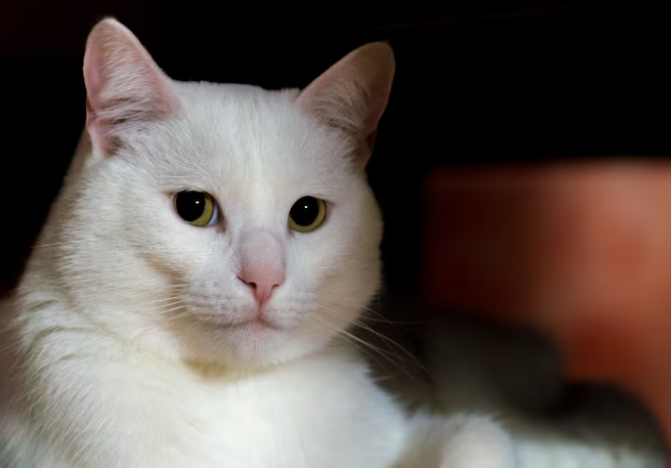
Most cats? Water’s a no. This one? Jumps right in—and means it. The Turkish Van cat doesn’t really play by cat rules. It swims, plays fetch, acts like a dog half the time, and gives you that look like you live in its house. Loud, loyal, bold—sometimes a bit much. But is it actually the right fit for your space?
This guide cuts through the fluff and gives you the real personality profile of the Turkish Van cat—quirks, habits, pros, and cons included. If you're expecting a mellow lap cat, this might not be your match. But if you're ready for something bold, smart, and endlessly curious... you're in the right place.
Let’s get into what makes the Turkish Van one of the most misunderstood cats out there.
Living with a Turkish Van cat isn’t passive. It’s active. You don’t ‘‘have’‘ one—you keep up with one. This breed brings intensity into the home. It doesn’t follow routines. It sets them. Turkish Vans prefer interaction on their own terms. They’ll nap across the room, not on your lap. But when they want company, they’ll make it known—with eye contact, vocalizations, or full-body flops right in your path.
Expect boldness. They inspect everything. New visitors. New furniture. New habits. They’re curious but not skittish. Confident, but not aggressive. They’ll patrol the house, perch at the highest shelf, and swat your pen off the table—not out of spite, but because it moved.
They’re not background pets. They’re co-pilots. High-energy, loud, expressive, and full of opinions. You’ll need to set boundaries early and enforce them consistently, because once a Turkish Van claims a habit, it becomes routine.
They're entertaining, headstrong, and surprisingly sensitive. If you’re looking for quiet companionship, this cat might test your patience. If you want a cat with presence, though? This one's hard to beat.
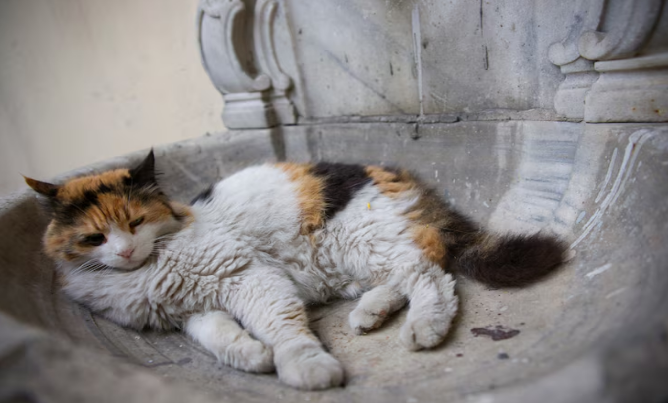
Turkish Van cats don’t idle. Their bodies are built for action, and their minds demand it. From the moment they’re mobile, these cats set the pace in a household. And that pace doesn’t slow much with age. Let’s break it down by life stage.
Van kittens operate on instinct, speed, and zero impulse control. They’re wired to chase, climb, wrestle, and repeat. You’ll catch them scaling furniture, pouncing on shadows, and ricocheting off walls without warning.
They don’t nap like other breeds. They crash after long stretches of non-stop movement, recharge fast, and get back to it. Quiet moments are rare—and usually short.
To avoid destructive behavior, they need structure. Play sessions with clear start and stop points help. Rotating different toys prevents boredom. Without redirection, they’ll create their own entertainment—and it won’t always involve safe choices.
As adults, their stamina matures, but the drive stays sharp. They enjoy routines that include active tasks—fetch, puzzle toys, or light training sessions. Mental fatigue helps manage their physical energy. Without both, they may resort to pacing or attention-seeking.
Turkish Vans don’t ‘‘settle down’‘ the way some cats do with age. They adapt. They conserve energy until something interesting happens. Then they switch on—like a light.
This isn’t a cat that fades into the background with time. Their physical sharpness and ness hold steady well into their senior years.
Turkish Van cats have strong personalities, and that extends to how they interact with the world around them. Their social behavior is shaped by confidence, independence, and high awareness. They’re not shy, but they don’t tolerate chaos. Compatibility depends on how well the environment matches their expectations.
Turkish Vans form tight bonds, but they’re selective. They often pick one or two people to trust and will stick close, following them from room to room. Affection is earned, not assumed. Physical closeness must be on their terms. They’ll initiate headbutts, rubs, or even perch nearby to signal comfort.
They dislike forced handling. Quick grabs, restraint, or overstimulation can trigger defensive reactions. For adults who respect their boundaries and provide regular interaction without pressure, the bond can be strong and consistent.
This breed does best with older kids who understand personal space and animal behavior. Rough play or unpredictable noise tends to overstimulate them. They may run, hide, or respond with swats when overwhelmed.
If the child is calm, patient, and taught to interact gently, a Turkish Van can engage with interest. But they won’t tolerate teasing or prolonged handling. Supervised introductions and structured interactions build better outcomes over time.
They like their room. Turkish Vans aren’t into group hugs. Around other cats, they tend to take charge fast, staking out spots, messing with routines. If the vibe stays calm, they’ll tolerate it. But if another cat starts pushing back? That’s when things get messy.
Dogs? Depends. A mellow, slow-moving dog might get a cautious nod or even a curious sniff. But one that charges, pokes, or plays rough? That’s a no. They’ll walk away—or lash out if it keeps happening. And smaller animals like rabbits or birds? Not a great mix. Their hunting instincts are strong, even indoors.
If you’ve got a busy household, go slow. Really slow. Defined zones help. So does letting the Van call the shots when possible. It’s not about control—it’s about letting them feel like they’re not being boxed in.
Turkish Van cats are not silent observers. They vocalize with intent—each sound serving a clear purpose. Their voices are distinct: sharp, expressive, and often persistent. They use them to control their environment and communicate with people directly.
Understanding what those vocal signals mean is key to managing behavior, setting boundaries, and improving interactions.
Below is a breakdown of common Turkish Van vocal habits and what each typically signals:
● Mid-pitched, drawn-out meow: That one? It means something’s off. They’re irritated—maybe the door’s shut or you’ve blocked access to something they’ve already claimed as theirs.
● Low-pitched groan or yowl: This one’s different. Lower, heavier. It usually kicks in when they’ve had enough. Too much petting, ignored warnings, or crossed lines. It’s the last stop before a swat.
● Chattering: Triggered by visual prey, like birds outside a window. It reflects stimulation combined with instinctual hunting behavior.
● Silent or open-mouth meow: A subtle tactic used by some Vans to mimic speaking without sound. Often attention-seeking and effective in quiet rooms.
These vocal cues, when understood correctly, reduce stress and miscommunication between cat and human. The Turkish Van uses sound deliberately, not constantly, but always with purpose.
Turkish Van cats play with purpose. Their high intelligence and strong prey drive mean that random motion isn’t enough. They expect a challenge.
This breed gravitates toward interactive play that stimulates both movement and problem-solving. Routine is key. Left without structured activity, they may redirect energy into furniture scratching or over-grooming.
Turkish Vans excel at tasks that mimic real hunting. They enjoy:
● Laser pointer chases that create sudden, unpredictable movements
● Fetch games using soft, lightweight toys that they can carry in their mouths
● Obstacle course play that gives them a reason to jump, weave, and sprint
● Water play sessions, using shallow basins or pet-safe fountains, which tap into their rare comfort with wet environments
Not all toys hold their attention. Durability, texture, and movement matter. Top picks include:
● Wand toys with lifelike prey movement
● Puzzle feeders for mental challenge
● Rolling balls with internal bells or rattles
● WOpet Guardian Dog Treat Camera-D01 Plus — a favorite toy with Treat Interactive Toy丨Guardian also for cats.
Switching out toys weekly prevents overstimulation fatigue and keeps curiosity sharp. Turkish Vans don’t play out of boredom—they play with intent. Give them the right tools, and you’ll see focus, satisfaction, and fewer behavioral issues.
These cats aren’t the type to wait for instructions. They pick things up by watching, poking at limits, shifting when something doesn’t work. Quick learners, but not in the obedient way—more like, got it, now I’ll do it my way.’’
They catch on to voices, daily habits, door sounds, and even which words get a reaction. Some figure out how to pop cabinets open or sniff out treats you thought were hidden. This isn’t guessing. It’s calculated. They're always a few steps ahead.
Training works best when it’s framed as a challenge. These cats respond to:
● Short, timed sessions that prevent boredom
● Clear, repeated cues paired with consistent rewards
● Tasks that involve motion, such as fetch, target touching, or even agility exercises
● Puzzle-based feeding and clicker work for mental engagement
They don’t respond well to raised voices or forced handling. Praise, touch, or treats get better results, especially if timed with immediate behavior.
Household rules must be taught early. Turkish Vans test limits often. If one door opens today and stays closed tomorrow, they’ll notice—and protest. If you laugh once at bad behavior, expect to see it again. They file reactions and repeat what earns attention. This is a trainable cat. But more importantly, it’s a cat that trains back. The smarter your approach, the sharper their response.
They’re not high-maintenance in the traditional sense, but they don’t do well with guesswork. Turkish Vans need rhythm—same care, same time, same tone. Their coats, bodies, and brains all ask for attention. Miss a beat, and you’ll feel it.
Everything ties together. One part slips, the rest follow. You’ll see the changes fast—mood, behavior, even how they move.
Fluffy? Yes. High-shedding? Not really. Their coats are lighter than they look—no thick undercoat, so tangles don’t take over unless you ignore it.
Quick checklist:
● Use a slicker brush or a grooming mitt, nothing too harsh
● Add an extra brush when the weather changes—spring and fall hit hardest
● Look inside ears, clip claws, check teeth—basic stuff, but easy to forget
Bathing? Rare. But weirdly, they often tolerate it better than most—if you start early and don’t rush it.
They bounce, climb, and sprint like they’ve got somewhere to be. That’s great, but joints wear out, especially as they age. Landing surfaces matter.
Things to track:
● Joint stress in older cats—slips, limps, or hesitations on jumps
● Heart and kidney scans during yearly checkups
● Weight gain from cold months or reduced play
Vet visits, a steady diet, clean water, all the usual—skip them, and the problems start stacking.
They’re sharp. Too sharp, sometimes. Loud noises, heavy handling, too much change at once—they don’t shut down, they push back. Tail flicks, low noises, disappearing into another room. That’s the signal.
Better approach:
● Skip the rough petting. Keep it light and brief.
● Let them decompress after company or play—no forced cuddles
They don’t want constant variety. They want a predictable structure they can trust. Keep things steady, and they settle in fast.
Living with a Turkish Van cat means accepting a breed that moves fast, thinks sharp, and sets the tone. Once you learn their cues, routines become smoother. They respond quicker. Training sticks. Outbursts drop. You gain control—not through dominance, but through rhythm.
Boundaries start holding. Play becomes a tool, not a distraction. Communication turns two-way. Even grooming stops being a fight. You don’t just own a Turkish Van—you manage them like a high-performance machine with strong opinions and zero patience for chaos. And when their environment runs smoothly, they do too.
This is where having the right tools actually matters. WOpet takes the friction out of everyday stuff—meals, water, check-ins—done without the usual hassle. You’re not adding layers. You’re giving structure to a cat that runs best on routine, clear signals, and a setup that just makes sense.
Label:
Popular Post

What to Feed a Sick Dog With No Appetite? [2025 Guide]
May 16, 2023
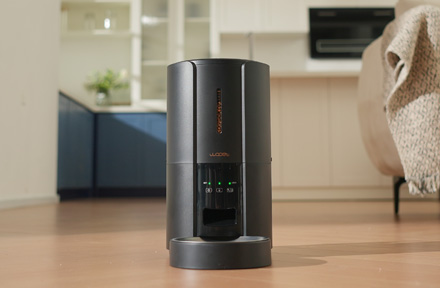
Troubleshooting Common Issues with Automatic Pet Feeders: Tips & Tricks for Pet Owners
Oct 26, 2023
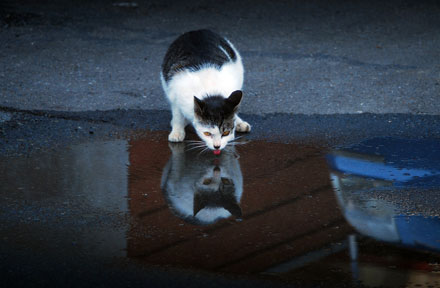
Why Does My Cat Cough After Drinking Water? 8 Potential Reasons
Mar 13, 2023
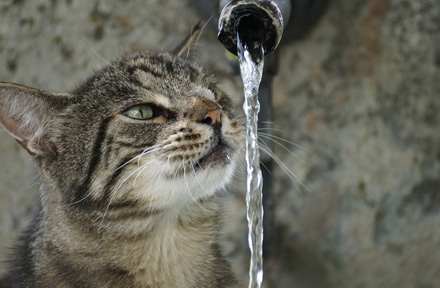
Why is My Cat Throwing up Water? Top 5 Causes Here
Feb 08, 2023
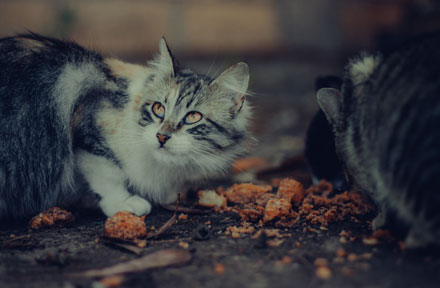
My Cat Only Eats A Little at A Time - What to Do?
Feb 27, 2023
$99.99
$129.99
Copyright © 2025 WOPET. All Rights Reserved.